Pain affects millions of Americans each year. The National Institutes of Health reported that approximately 55 percent of American adults experienced pain within the last three months. Of those individuals surveyed, approximately 25 million adults dealt with pain every day. Knowing how you can relieve your pain and inflammation can help you overcome pain and begin enjoying life again.
Pain is defined as the unpleasant sensation associated with tissue damage caused by an injury or an illness. Pain is your body’s way of alerting you that something is wrong. Its job is to make you uncomfortable; so you will know you are sick or injured. The pain will cause you to seek out help to relieve your pain and suffering.
Pain perception varies from individual to individual. Their pain tolerance is affected by their personality, emotional well-being, attitudes, socioeconomic standing, beliefs, and mental. For example, one person may have a fractured tibia and not realize it for days. Conversely, another individual may have the same injury and experience significant pain.
There are different types of pain, including acute pain and chronic pain. Let’s take a look at each type of pain, the common causes for each type of pain, and how to relieve it using foods.
Contents
Acute Pain

Source: medicalnewstoday
Acute pain typically comes on suddenly. The pain is often described as sharp. Acute pain typically lasts less than six months. This type of pain goes away when the underlying cause of pain is corrected. This temporary pain is usually caused by a soft tissue injury or an illness. The pain resulting from this type of injury or illness subsides when the body heals itself. Some of the most common reasons for acute pain include:
- Accidents
- Broken bones
- Burns
- Cuts
- Dental works
- Labor and childbirth
- Surgery
Chronic Pain

Source: Shutterstock
Chronic pain continues for longer than six months. Chronic pain continues after an illness or injury has gone away or healed. Sufferers often describe chronic pain as dully, achy pain that does not subside. The sensory receptors in your body send a message across your nerve fibers to your spinal cord and brainstem. From there, it travels to your brain where the brain registers the injured area. The brain processes the information and then sends pain signals back to the area via your nerve fibers. When you suffer from chronic pain, the body continues to send pain signals long after the injury has healed. Chronic pain can continue for months or years after the injury or illness has passed. Some of the common conditions associated with chronic pain include:
- Arthritis
- Back pain
- Cancer
- Fibromyalgia
- Headache
- Nerve pain
Individuals suffering from chronic pain often experience tense muscles, decreased mobility, fatigue, and a change in appetite. Chronic pain can also cause a number of psychological issues, including anxiety, depression, anger, and fear.
Overcoming Pain and Inflammation through Dietary Changes
Whether you are experiencing chronic pain or acute pain, the pain specialists at Rose Wellness can help. Their integrative doctors understand the importance of nourishing the body so it can heal itself, thus reducing or eliminating your pain. Let’s take a look at the top six foods that can help reduce pain and inflammation.
1. Avocadoes
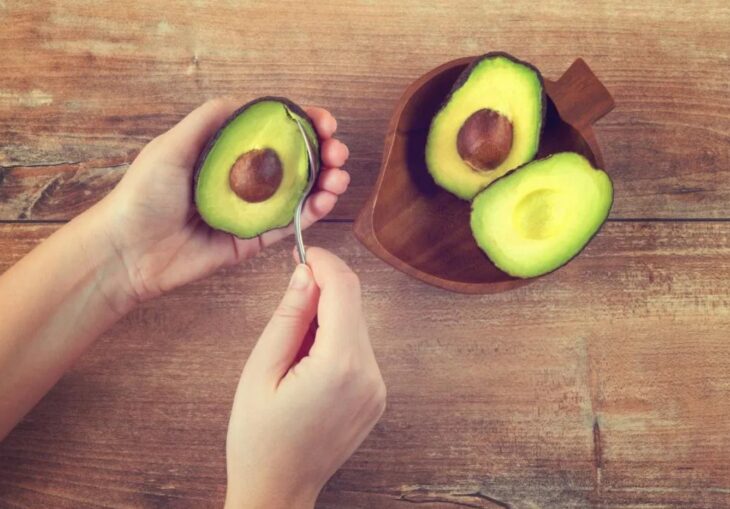
Source: Medical News Today
Avocados are potent anti-inflammatory fruits that contain approximately 20 essential nutrients, including folate, magnesium, potassium, and vitamin E. Avocados also provide omega 3 fatty acids to nourish the body. Avocados help nourish joints, reduce inflammation, and slow the progression of both osteoarthritis and rheumatoid arthritis. The monounsaturated fats in avocados promote cartilage repair and reduce the need for anti-inflammatory medications by relieving pain naturally.
2. Blueberries
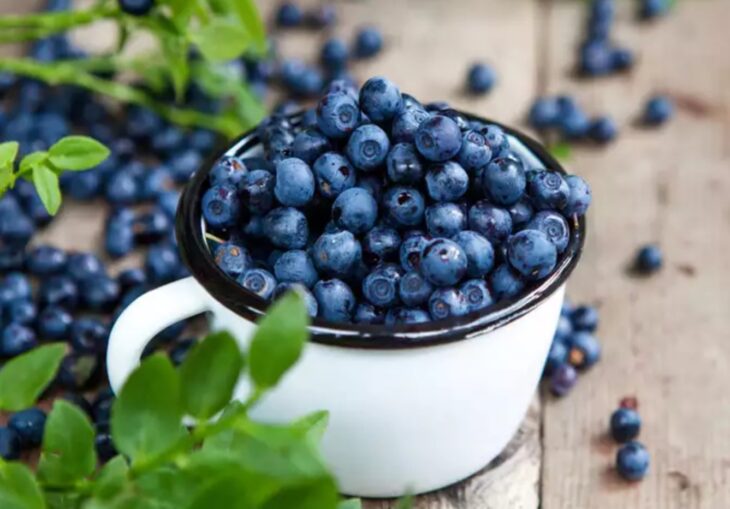
Source: Times of India
Blueberries are packed with nutrients that help relieve your pain and inflammation. Blueberries contain a polyphenol called anthocyanin, vitamin K, and quercetin. Anthocyanin is a flavonoid that provides antioxidant protection and anti-inflammatory protection. The vitamin K in blueberries help with the production of various proteins throughout the body. Vitamin k helps strengthen your bones and reduce the risk of fractures. Finally, quercetin reduces inflammation, improves exercise performance, and fights free radicals.
3. Broccoli
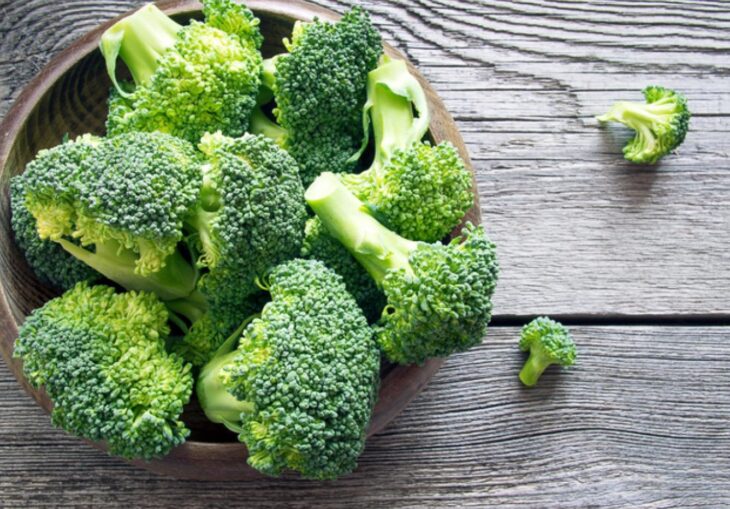
Source: SNAP-Ed Connection – USDA
Broccoli is one of the healthiest vegetables available when it comes to pain relief and anti-inflammatory protection. Broccoli, a member of the cruciferous family, has a compound called sulforaphane. Studies have shown that this compound may help prevent or slow the progression of osteoarthritis. The compound blocks enzymes that are responsible for joint destruction, thus it may benefit joint health. Furthermore, broccoli contains calcium, which helps to strengthen your bones and reduce the risk of fractures.
4. Chili Peppers
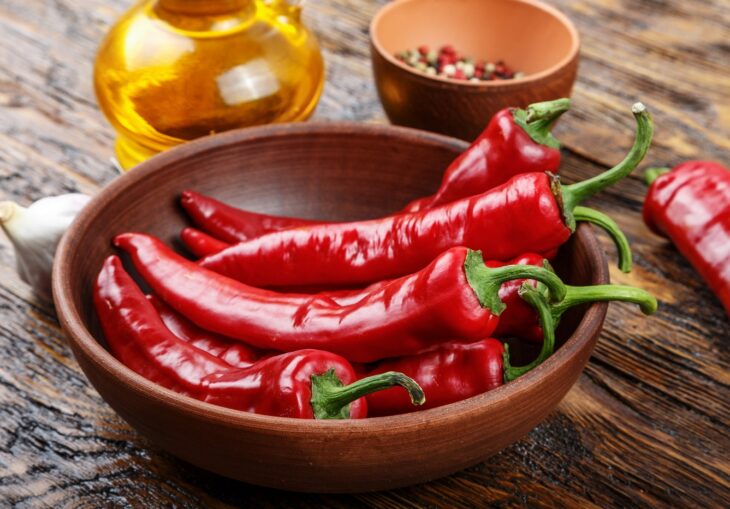
Source: Newsweek
Peppers contain capsaicin, the compound that gives heat to the peppers. Capsaicin has been used for centuries to help relieve pain. You can find pain relieving creams and patches that harness the power of chili peppers. Some researchers believe that eating hot peppers can help to reduce systemic inflammation and pain. The burning you feel tricks the brain into releasing powerful endorphins. These endorphins are good neurotransmitters and can help block pain signals.
5. Garlic
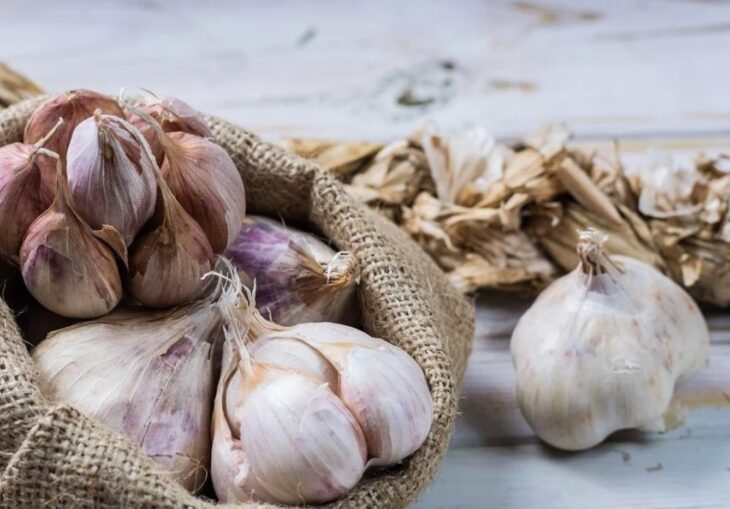
Source: SelfHacked
Garlic is a part of the allium family and contains a compound known as diallyl disulphine, which provides anti-inflammatory protection. In addition to this, diallyl disulphine reduces the number of cartilage damaging enzymes produced in the body. Several studies have found individuals who consume foods from the allium family, including garlic, leeks, and onions, show fewer signs and symptoms of early osteoarthritis.
6. Turmeric
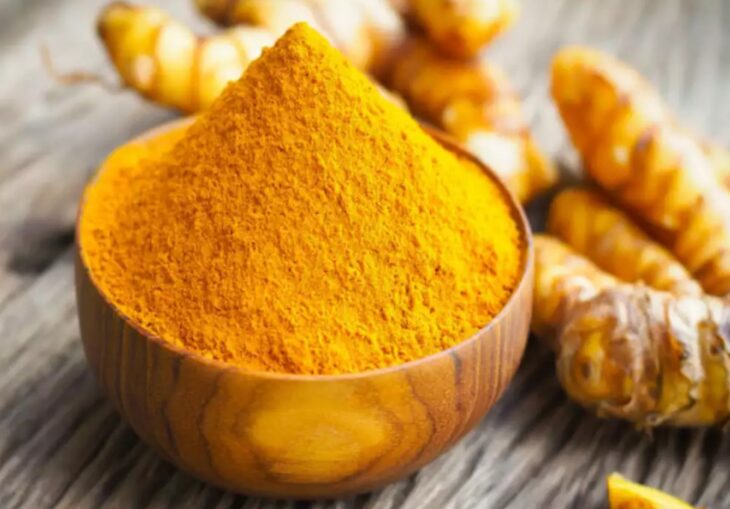
Source: Times of India
Turmeric is a spice used in a variety of Indian dishes. This spice is typically found in curry, certain types of butter, cheeses, and mustards. This bright yellow spice offers a host of health benefits and has been used in alternative medicine for many years. The active ingredient in this spice is curcumin. Curcumin helps to reduce inflammation in the body and keep your joints happy and healthy. It can help reduce pain, ease stiffness, decrease inflammation, and improve joint function. Curcumin blocks inflammatory enzymes and cytokines to relieve osteoarthritis pain and inflammation.
There are numerous foods that provide anti-inflammatory protection and pain relief. These foods nourish the body with powerful polyphenols, vitamins, minerals, and compounds that block the production of inflammatory substances, including interleukin, growth factors, and interferon. When an anti-inflammatory diet is followed, your pain levels will decrease, cartilage destruction will be reduced, and healing will occur.
